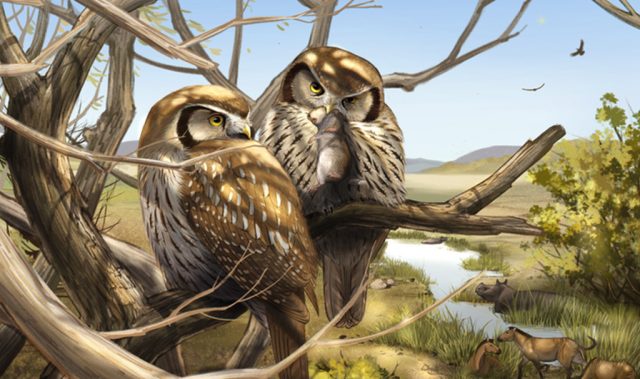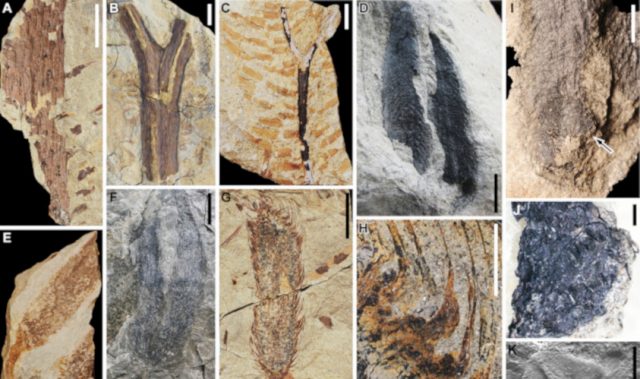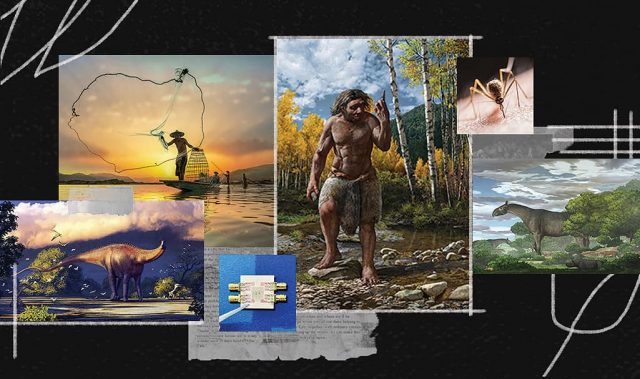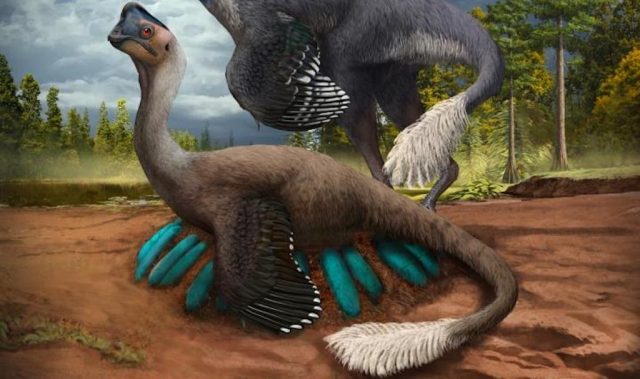
AsianScientist (Jun. 25, 2018) – In a study published in Scientific Reports, researchers in the US have analyzed an ancient frog trapped in amber to shed light on the distribution and evolutionary relationships of frogs.
About 99 million years ago, a tiny juvenile frog in present-day Myanmar was trapped in sap with a beetle that was perhaps its intended next meal. This frog belongs to an extinct species—Electrorana limoae—and is one of four fossils that provide the earliest direct evidence of frogs living in wet, tropical forests, said researchers at the Florida Museum of Natural History, US, who authored the present study.
At less than an inch long, Electrorana is the most well preserved of the group. Clearly visible in the amber are the frog’s skull, its forelimbs, part of its backbone, a partial hind limb and the unidentified beetle. The other amber fossils contain two hands and an imprint of a frog that likely decayed inside the resin.
“It’s almost unheard of to get a fossil frog from this time period that is small, has preservation of small bones and is mostly three-dimensional. This is pretty special,” said Dr. David Blackburn, study co-author and the associate curator of herpetology at the Florida Museum of Natural History.
“But what’s most exciting about this animal is its context. These frogs were part of a tropical ecosystem that, in some ways, might not have been that different to what we find today—minus the dinosaurs.”
Frogs have been around for at least 200 million years, but glimpsing their early heyday is tough. Often small and lightly built, frog specimens are generally not well preserved. The frog fossil record skews toward more robust species from arid, seasonal environments, although the bulk of frog diversity today lives in tropical forests.
The amber deposits of northern Myanmar in Southeast Asia provide a unique record of ancient forest ecosystems. The discovery of the Electrorana and the other fossils adds to our understanding of frogs in the Cretaceous period, showing they have inhabited wet, tropical forests for at least 99 million years, said the researchers.
But the Electrorana fossil raises more questions than it answers, Blackburn said. Many characteristics herpetologists use to discern details of a frog’s life history and determine how it is related to other frogs—such as the wrist bones, pelvis, hip bones, inner ear and the top of the backbone—are either missing or were not yet fully developed in the juvenile frog.
The existing bones provide clues about Electrorana’s possible living relatives, Blackburn said, but the results are puzzling: species that have similar features include fire-bellied toads and midwife toads—Eurasian species that live in temperate, not tropical, ecosystems.
Gathering CT skeletal data for both living and extinct frogs could help illuminate ancient evolutionary relationships, possibly clarifying how Electrorana fits into the frog tree of life.
“We don’t have a lot of single-species frog communities in forests. It seems extremely unlikely that there’s only one,” said Blackburn.
The article can be found at: Xing et al. (2018) The Earliest Direct Evidence of Frogs in Wet Tropical Forests From Cretaceous Burmese Amber.
———
Source: Florida Museum of Natural History; Photo: Lida Xing/China University of Geosciences.
Disclaimer: This article does not necessarily reflect the views of AsianScientist or its staff.












